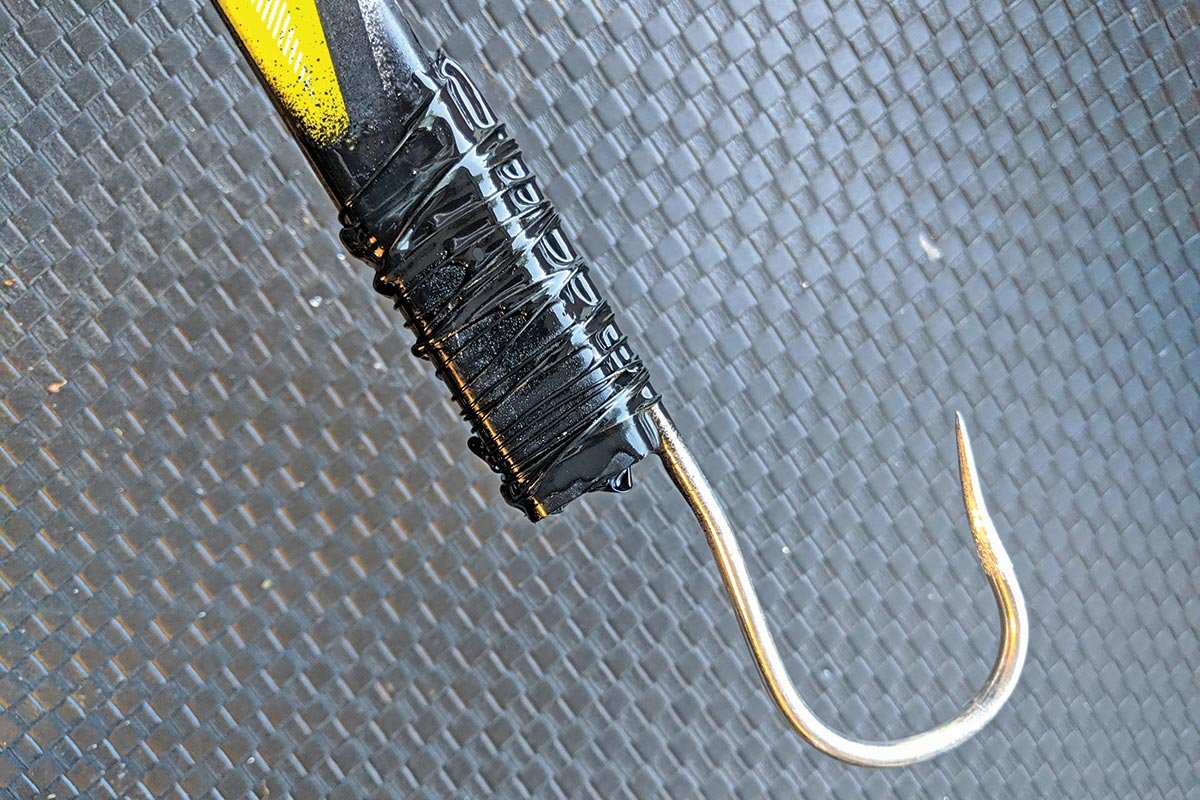Fishing for salmon in saltwater with flies can be a rewarding experience, combining the thrill of fly fishing with the challenge of targeting these powerful fish in coastal environments. Here’s a detailed guide to fishing salmon flies in saltwater:

How to Fish Salmon Flies in Saltwater
Choosing the Right Flies
Selecting the appropriate flies is crucial for saltwater salmon fishing. Opt for patterns that mimic local baitfish, shrimp, or other prey species that salmon feed on in saltwater. Effective patterns often include Clouser Minnows, Deceiver patterns, and baitfish imitations tied on durable saltwater hooks.
Gear and Equipment
Use a sturdy fly rod designed for saltwater fishing, typically between 8 to 10 feet in length and with a weight rating suitable for casting larger flies and handling strong fish. Pair it with a saltwater-specific fly reel that can withstand exposure to corrosive saltwater conditions and has a smooth drag system for controlling powerful runs.
Fly Line and Leader Setup
Use a weight-forward floating or intermediate fly line suitable for saltwater conditions. Floating lines are ideal for fishing in shallower waters, while intermediate lines help get flies deeper where salmon may be holding. Leaders should be tapered and strong, typically fluorocarbon to minimize visibility and withstand the abrasive effects of saltwater.
Casting Techniques
Mastering saltwater casting techniques is essential. Practice double-haul casting to achieve longer casts and deliver flies accurately to feeding fish. Learn to cast into the wind and maintain control over your line and fly presentation, adjusting your casting angle to compensate for tidal currents and wind direction.
Understanding Tides and Currents
Salmon in saltwater are often influenced by tidal movements and currents. Study tidal charts and local conditions to plan fishing trips during optimal tidal phases when water movement triggers feeding activity. Fish along tidal rips, structure like rocks and jetties, and near estuary mouths where salmon congregate to feed.
Retrieval and Presentation
Vary your retrieval techniques to mimic the movement of natural prey. Strip retrieve your fly in short, sharp pulls to imitate fleeing baitfish or crustaceans. Alternatively, use a slow and steady retrieve to simulate injured or lethargic prey. Experiment with different speeds and pauses to determine what triggers strikes.
Location and Habitat
Focus your efforts around productive saltwater habitats where salmon are likely to feed. Look for baitfish schools, birds diving for bait, or signs of surface activity indicating feeding fish. Structure like reefs, kelp beds, and submerged rocks provide cover and attract prey, making them prime locations to target salmon.
Safety and Conservation
Practice catch-and-release fishing to preserve salmon populations and promote sustainable fisheries. Handle fish gently with wet hands or using a rubberized landing net to minimize stress and injury. Use barbless hooks to facilitate quick and safe hook removal, ensuring salmon can be released unharmed to continue their migratory journey.
Conclusion
Fishing for salmon with flies in saltwater requires preparation, skill, and understanding of coastal environments. By selecting the right flies, mastering casting techniques, and adapting to tidal conditions, anglers can increase their chances of success. Respectful handling practices and conservation-minded fishing ensure that future generations can continue to enjoy the thrill of pursuing salmon in their natural habitat.




